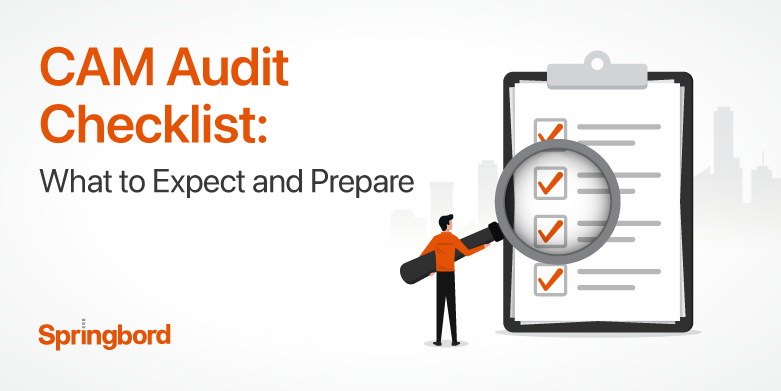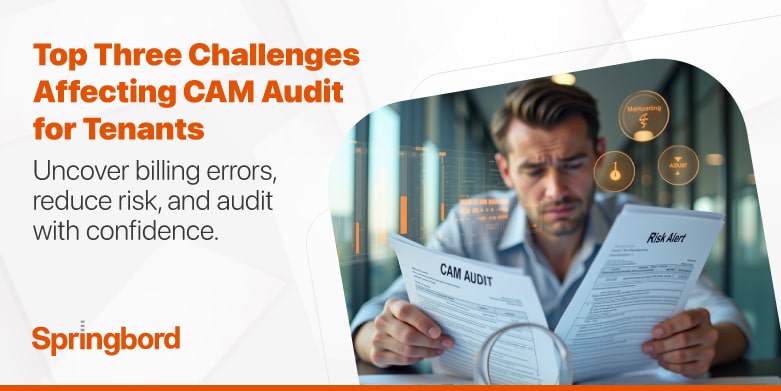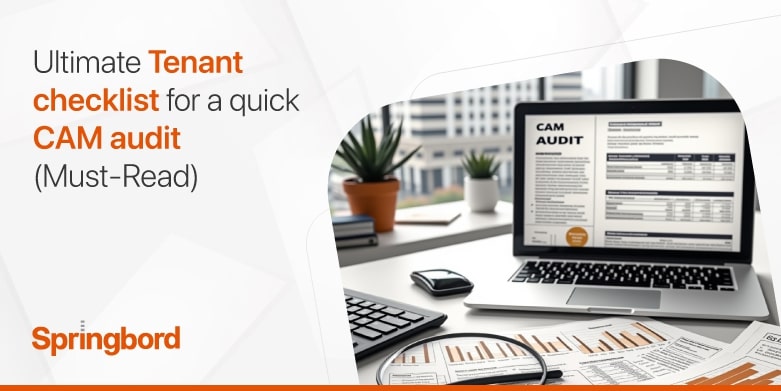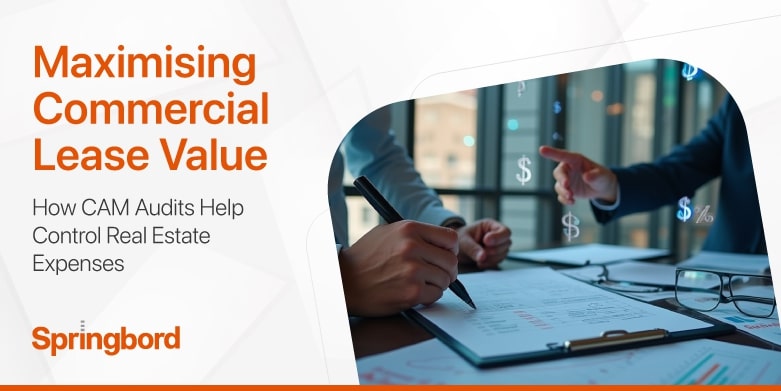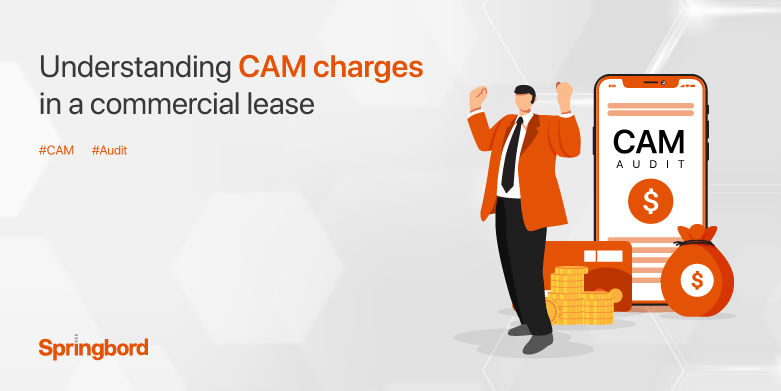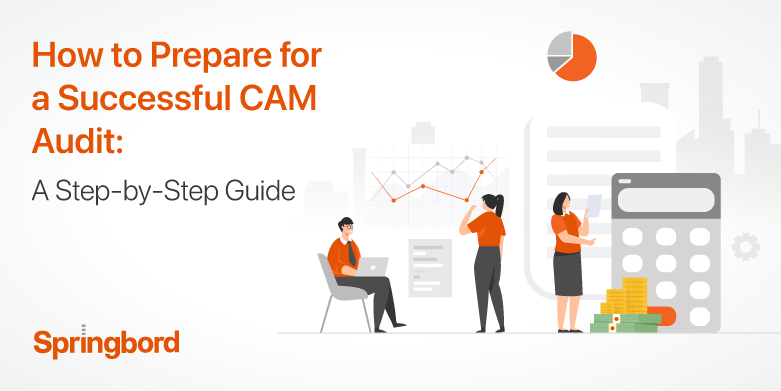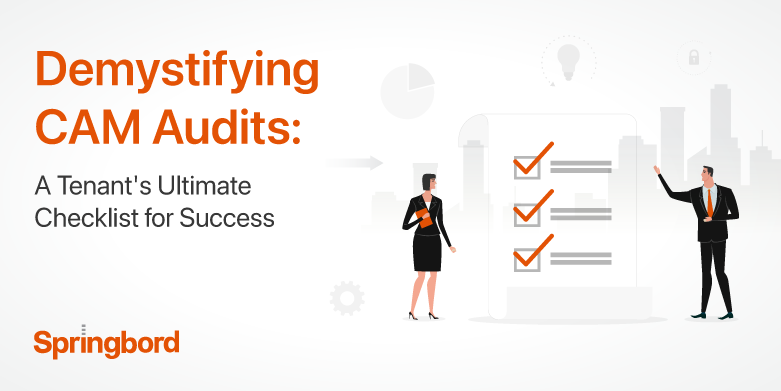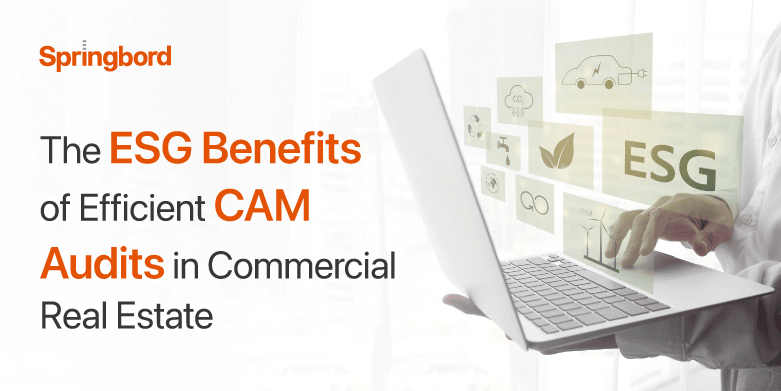M
E
N
U
As businesses evolve and the landscape of commercial real estate becomes more complex, the importance of Common Area Maintenance (CAM) reconciliation grows. CAM charges are the costs associated with maintaining and operating common areas in commercial properties, shared by tenants and managed by landlords. These charges can include everything from utilities and janitorial services to
Introduction: Why CAM Charges Matter Commercial lease tenants are required to pay Common Area Maintenance (CAM) charges, which cover the maintenance of usable common areas within the property. It is typically calculated as the tenant’s pro-rata share of the operating expense. While CAM expenses are important for the upkeep of the property—which is mutually beneficial
In today’s volatile real estate environment, controlling occupancy costs has become a strategic priority for commercial tenants. One of the most opaque and error-prone components of a commercial lease is the Common Area Maintenance (CAM) charge. A category that includes everything from landscaping and janitorial services to property taxes and building maintenance. While intended to
Common Area Maintenance (CAM) charges often represent a significant portion of total occupancy costs for business owners leasing commercial space. Yet, these expenses are frequently overlooked or accepted at face value, despite their complexity and potential for error. Overcharges, misallocated expenses, and non-compliant billing practices can quietly erode your bottom line year after year. This
Common Area Maintenance (CAM) charges are an important yet complicated aspect of commercial leasing. Covering expenses like maintenance, security, and utilities, these charges often lack transparency, leading to unexpected costs and budgeting challenges. A clear understanding of CAM charges and their impact on your lease can help avoid disputes and manage expenses effectively. In this
Conducting CAM audits is an essential part of managing commercial real estate. For landlords, these audits ensure that CAM charges are accurately calculated, allocated fairly among tenants, and compliant with lease agreements and regulatory requirements. Let’s explore the significance of CAM audits in this blog, which emphasizes the importance of these assessments from the landlord’s
Common Area Maintenance (CAM) audits are critical for landlords and tenants to ensure fair cost allocation and transparency in financial dealings. However, preparing for a CAM audit can be daunting, requiring meticulous attention to detail and a comprehensive understanding of lease agreements and operating expenses. In this advanced guide, we’ll delve into the intricacies of
Navigating the complexities of Common Area Maintenance (CAM) charges in commercial real estate can be a daunting task for tenants. With varying factors like square footage, types of tenants, and fluctuating maintenance costs, it’s vital for businesses to ensure they are being billed fairly. This is where a thorough understanding of CAM audits becomes indispensable.
In the dynamic realm of commercial real estate, the meticulous management of Common Area Maintenance (CAM) costs stands as a cornerstone for businesses across the USA. Exploring the multifaceted landscape of the USA market reveals that trends in CAM audit services are undergoing a substantial transformation. From industry trends to advanced reporting methods and the
The ESG Benefits of Efficient CAM Audits in Commercial Real Estate In the dynamic landscape of Commercial Real Estate (CRE), companies are increasingly recognizing the importance of adopting sustainable practices to align with Environmental, Social, and Governance (ESG) principles. Among the crucial strategies to achieve sustainability goals, Efficient Common Area Maintenance (CAM) audits stand out


